Your camera and lenses are your main tools, just like a hammer to a builder. At the top of our toolbox is the Canon 5D Mark IV. It’s a camera that is versatile, sharp, and up-to-date with its features. [Note: ExpertPhotography is supported by readers. Product links on ExpertPhotography are referral links. If you use one of these and buy something, we make a little bit of money. Need more info? See how it all works here.]
Best Camera for Real Estate Photography (Top 9)
Based on the aspects above, these cameras are the best for real estate photography. This full frame sensor camera body has a 30.4 MP capacity and an ISO of up to 32,000. It can also capture 4K video. This makes it possible to create videos that will impress your clients. One of the more unique features is the capture of Dual Pixel RAW images. It allows for what Canon calls “micro-adjustments.” This means that you can make small adjustments to the focus point after taking the photo. This depends on the lens you’re using. And the effect is minimal. But it’s a noteworthy feature nonetheless. This Dual Pixel RAW capability also allows the correction of ghosting. It’s essential when you see sun flare. This happens when light hits the lens at a certain angle. The Canon 5D Mark IV is also Wi-Fi-enabled. Syncing up to mobile devices or your computer for file transfers is a breeze. The Wi-Fi capability is fantastic for wireless tethering when on larger shoots! One of the big advantages this camera holds over previous Canon 5D models? It handles low-light situations well. This makes it great for increasing your dynamic range in-camera. It’s especially useful when shooting video in low light. The EOS R is a newer mirrorless full frame camera from Canon. It offers many of the features of the 5D Mark IV. But it’s at a lower price point! It’s important to note that it introduces a new lens mount. This affects the lenses you can use with this camera body. Canon does offer a mount converter. But it’s something to consider if you want to keep your gear list to a minimum. Canon also introduced a line of RF mount lenses (for the new mount). And these seem to be of high quality. If you’re switching from one body to another, the mount is something to consider. The RAW file format for this camera is also different. It’s called C-Raw. It reduces the file size by 40% from traditional RAW images. And there is minimal image quality loss. The quality loss does become noticeable when you push your images a few stops. This may be something to take into account for interior photographs. We often push a stop or two to brighten shadows. The Canon EOS R also offers 4K video capabilities. So it’s great for handling real estate video needs. This full frame camera offers higher resolution images with 46 MP. But the most interesting appeal of this model is the sensor. The sensor in the Nikon D850 uses a new technology. It makes the edges of the sensor receive light better. This raises the peripheral image quality. This translates to high-quality real estate photos in low-light conditions. And this can be handy when dealing with dark home interiors! It’s capable of 4K videos for real estate video needs. And it has Wi-Fi. But it’s only usable via Nikon’s Bluetooth Snaprbridge app. An advantage of shooting on a tripod? We’re not at the mercy of high ISOs to shoot in low light. The Nikon D850 has an ISO capability that goes down to 64. And the dynamic range at ISO 64 is fantastic! The Sony A7 III is a full frame mirrorless camera. It competes with traditional full frame DSLRs. The Sony a7III is my recommendation in place of the a7R III. It’s a significant price difference. But you don’t sacrifice quality. The most notable difference is the resolution. The a7 III offers 24 MP. The a7R III offers 42 MP. But remember that the naked eye does not detect the difference in resolution. The exception is if you enlarge your real estate photos to large-format murals. For common real estate photography needs? Anything 20 MP or higher serves your needs perfectly fine. One of my favorite features of the Sony a7 series is the in-camera body stabilization. Traditional stabilization happens in the lens. But this gives stabilization regardless of the lens. This is especially useful for handheld low-light photos. Sometimes a property doesn’t have much natural light. The Sony a7III also has an amazing dynamic range. It keeps noise to a minimum at high ISOs or when pushing the images a few stops. It is the best mirrorless camera I would suggest for real estate photography. The Nikon D750 is an excellent option for those looking for a camera at a lower price point. At the same time, it still fulfills all your needs for real estate photography. The Nikon D750 has a 24 MP resolution. It has a full frame sensor, built-in Wi-Fi, and video capabilities. Although, it doesn’t do 4K video. But real estate cameras don’t necessarily need 4K video resolution. One other feature that may interest photographers with this model? The highlight-weighted metering. This feature allows the camera to meter light differently. It does so based on the highlights in the frame. Having this feature allows for better control over bright areas. These are often part of interior space, such as the windows. Overall, this is an excellent choice for real estate photography. And it comes at a very reasonable price point. The 6D Mark II is Canon’s entry-level full frame DSLR. With a 26 MP sensor, it’s not the highest in resolution. But it’s plenty for real estate photography needs. This model is not known for having a great dynamic range. It’s ideal for shooting on a tripod and layering bracketed images in Adobe Photoshop. It has built-in Wi-Fi. But it can’t shoot 4K videos. Although the video capabilities are certainly enough to shoot for real estate needs Overall, this is Canon’s equivalent to Nikon’s D750. It’s a great mid-level camera. But it most likely needs to be updated in the not-too-distant future… when your skill level and client expectations go up! Panasonic Lumix G9’s mirrorless sensor offers some impressive features. And it sells at a lower price point. It has a 20 MP resolution. This is enough but not extraordinary these days. But it offers in-body stabilization and built-in Wi-Fi. It can shoot 4K videos. Plus, it offers a high-resolution mode that essentially does focus stacking in-camera. The high-resolution mode is excellent for real estate. It helps ensure that everything in the space looks crisp and sharp. The G9 offers a solid dynamic range. It allows you to push exposures a couple of stops in post-processing. And you can do so without seeing a noticeable loss in quality. This is a fantastic camera to start with… especially when looking for a lightweight option that fits your professional needs! The Fujifilm X-T30 II is a cropped sensor (APS-C) camera. And it is the lowest-priced camera on our list. But it offers loads of features that work well for real estate photography. The X-T30 II offers a resolution of 26 MP, built-in Wi-Fi, and 4K video capabilities. It has good performance in high ISO settings. And the dynamic range is impressive for its price point. But it’s not so impressive compared to other models on this list. Also, this camera does shoot in RAW and JPEG formats. And the JPEG format has exceptional color quality. I recommend the Fujifilm X-T30 II for professional real estate photography. This camera is a very solid model. It will serve you for many years as you improve your skillset. The 1D X Mark III is one of the best full frame cameras with 20.1 MP resolution and 4K video capabilities. But it is a bigger investment. One of the very impressive things about this camera? It retains high-quality images even in unfortunate lighting. When working with real estate photography, pushing the exposure is important… especially in the shadows. It has great overall performance with all the key features. And it has a rock-solid build. It will deliver and be a reliable companion.
How to Choose the Perfect Camera for Real Estate
Cropped vs Full Frame Sensor
There are a few reasons to invest in a full frame camera versus a cropped sensor one. A larger sensor takes in more light. This is pivotal when capturing light in a space. Full frame cameras also have a different mount than cropped sensor cameras. A full frame sensor will open up a world of higher-end lenses that you can use. The lenses that you use have even more of an impact on your real estate photos than the camera body itself. Maybe you’re not ready to buy the best lenses. But it’s best to invest in a camera that prepares you for future needs.
Pairing the Correct Lens With Your Camera
We’ve just touched on the ability of full frame cameras to mount high-end lenses. One main feature of a real estate photography camera is to mount the best lens for real estate. Even if you cannot invest in a full frame camera, choose a camera body that gives you the freedom to switch lenses. This is crucial in learning more about your needs when shooting real estate. Also, real estate photography often includes architectural and interior photography. This pushes you to invest in high-quality lenses. If you can, it’s better to invest now for your long-term success. It keeps you from having to constantly upgrade and incur expenses.
Are Video Features Important for Real Estate Photography?
Not every real estate photographer will shoot videos. But it is something you may want to prepare for. Real estate agents often look for someone who can deliver still photos and a video of the property. A camera that can capture both will serve you well as you expand your services. Again, it’s about considering your needs now and in the future. Some cameras offer 4K video capabilities. But for real estate listing purposes, you don’t normally need high-quality video. This is a feature that I recommend seeking out but not breaking the bank for.
Conclusion
There are excellent quality cameras easily accessible for a not-so-big investment. The key is to get a camera that suits your specific needs. If your budget allows, invest in a camera that will serve you long-term. As with any nice, you want to grow your skillset. And it all comes down to how you use the tools you have! A camera for real estate photography can guarantee great performance… no matter what house you’re shooting! We recommend buying the Canon 5D Mark IV. But we’ve listed various cameras you can choose based on your needs.
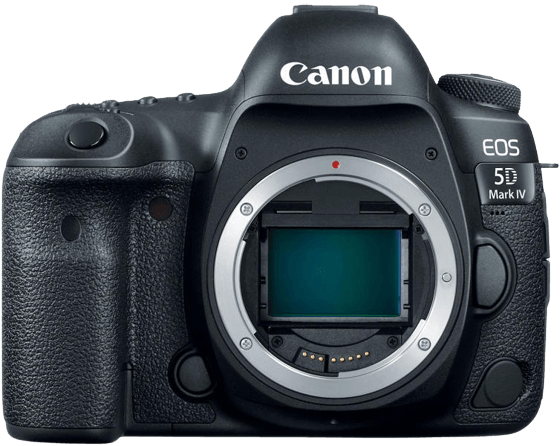





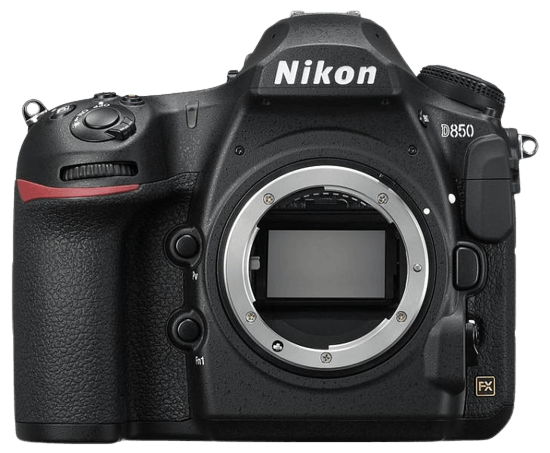



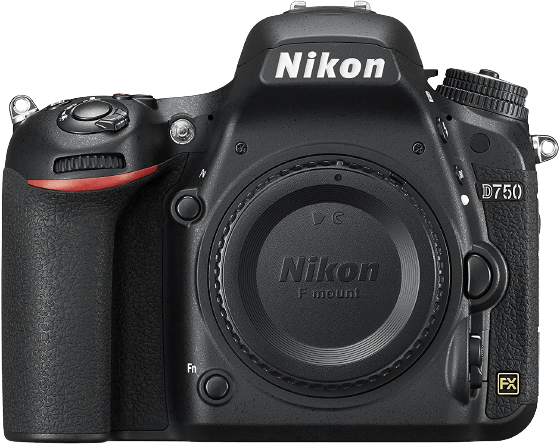

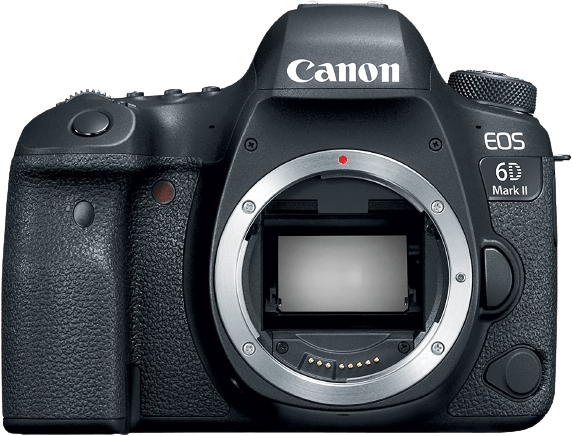

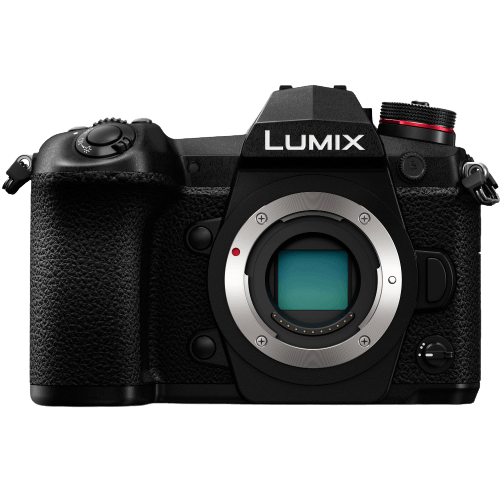

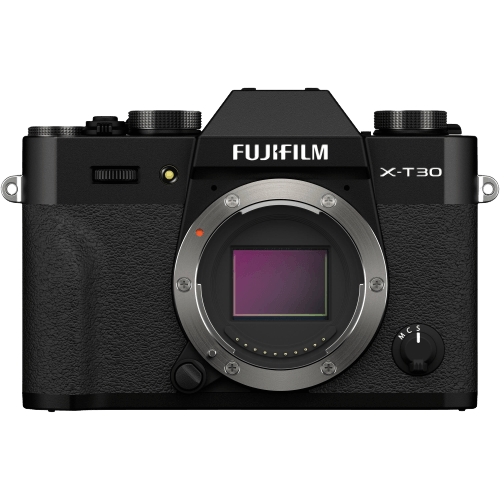






























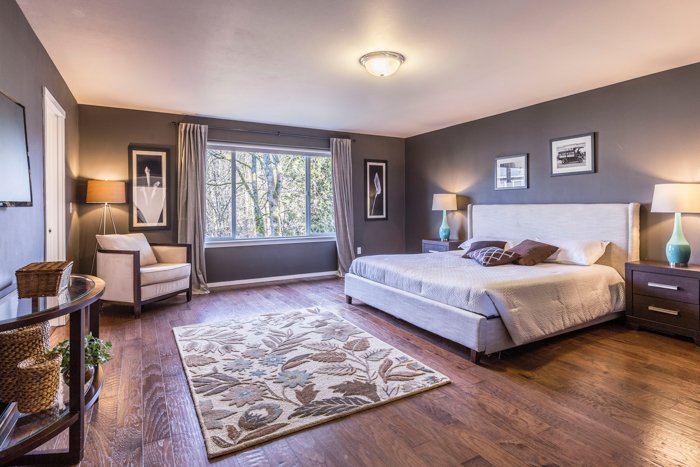


title: “Best Camera For Real Estate Photography In 2023 Top 9 " ShowToc: true date: “2023-01-19” author: “Robert Williams”
Your camera and lenses are your main tools, just like a hammer to a builder. At the top of our toolbox is the Canon 5D Mark IV. It’s a camera that is versatile, sharp, and up-to-date with its features. [Note: ExpertPhotography is supported by readers. Product links on ExpertPhotography are referral links. If you use one of these and buy something, we make a little bit of money. Need more info? See how it all works here.]
Best Camera for Real Estate Photography (Top 9)
Based on the aspects above, these cameras are the best for real estate photography. This full frame sensor camera body has a 30.4 MP capacity and an ISO of up to 32,000. It can also capture 4K video. This makes it possible to create videos that will impress your clients. One of the more unique features is the capture of Dual Pixel RAW images. It allows for what Canon calls “micro-adjustments.” This means that you can make small adjustments to the focus point after taking the photo. This depends on the lens you’re using. And the effect is minimal. But it’s a noteworthy feature nonetheless. This Dual Pixel RAW capability also allows the correction of ghosting. It’s essential when you see sun flare. This happens when light hits the lens at a certain angle. The Canon 5D Mark IV is also Wi-Fi-enabled. Syncing up to mobile devices or your computer for file transfers is a breeze. The Wi-Fi capability is fantastic for wireless tethering when on larger shoots! One of the big advantages this camera holds over previous Canon 5D models? It handles low-light situations well. This makes it great for increasing your dynamic range in-camera. It’s especially useful when shooting video in low light. The EOS R is a newer mirrorless full frame camera from Canon. It offers many of the features of the 5D Mark IV. But it’s at a lower price point! It’s important to note that it introduces a new lens mount. This affects the lenses you can use with this camera body. Canon does offer a mount converter. But it’s something to consider if you want to keep your gear list to a minimum. Canon also introduced a line of RF mount lenses (for the new mount). And these seem to be of high quality. If you’re switching from one body to another, the mount is something to consider. The RAW file format for this camera is also different. It’s called C-Raw. It reduces the file size by 40% from traditional RAW images. And there is minimal image quality loss. The quality loss does become noticeable when you push your images a few stops. This may be something to take into account for interior photographs. We often push a stop or two to brighten shadows. The Canon EOS R also offers 4K video capabilities. So it’s great for handling real estate video needs. This full frame camera offers higher resolution images with 46 MP. But the most interesting appeal of this model is the sensor. The sensor in the Nikon D850 uses a new technology. It makes the edges of the sensor receive light better. This raises the peripheral image quality. This translates to high-quality real estate photos in low-light conditions. And this can be handy when dealing with dark home interiors! It’s capable of 4K videos for real estate video needs. And it has Wi-Fi. But it’s only usable via Nikon’s Bluetooth Snaprbridge app. An advantage of shooting on a tripod? We’re not at the mercy of high ISOs to shoot in low light. The Nikon D850 has an ISO capability that goes down to 64. And the dynamic range at ISO 64 is fantastic! The Sony A7 III is a full frame mirrorless camera. It competes with traditional full frame DSLRs. The Sony a7III is my recommendation in place of the a7R III. It’s a significant price difference. But you don’t sacrifice quality. The most notable difference is the resolution. The a7 III offers 24 MP. The a7R III offers 42 MP. But remember that the naked eye does not detect the difference in resolution. The exception is if you enlarge your real estate photos to large-format murals. For common real estate photography needs? Anything 20 MP or higher serves your needs perfectly fine. One of my favorite features of the Sony a7 series is the in-camera body stabilization. Traditional stabilization happens in the lens. But this gives stabilization regardless of the lens. This is especially useful for handheld low-light photos. Sometimes a property doesn’t have much natural light. The Sony a7III also has an amazing dynamic range. It keeps noise to a minimum at high ISOs or when pushing the images a few stops. It is the best mirrorless camera I would suggest for real estate photography. The Nikon D750 is an excellent option for those looking for a camera at a lower price point. At the same time, it still fulfills all your needs for real estate photography. The Nikon D750 has a 24 MP resolution. It has a full frame sensor, built-in Wi-Fi, and video capabilities. Although, it doesn’t do 4K video. But real estate cameras don’t necessarily need 4K video resolution. One other feature that may interest photographers with this model? The highlight-weighted metering. This feature allows the camera to meter light differently. It does so based on the highlights in the frame. Having this feature allows for better control over bright areas. These are often part of interior space, such as the windows. Overall, this is an excellent choice for real estate photography. And it comes at a very reasonable price point. The 6D Mark II is Canon’s entry-level full frame DSLR. With a 26 MP sensor, it’s not the highest in resolution. But it’s plenty for real estate photography needs. This model is not known for having a great dynamic range. It’s ideal for shooting on a tripod and layering bracketed images in Adobe Photoshop. It has built-in Wi-Fi. But it can’t shoot 4K videos. Although the video capabilities are certainly enough to shoot for real estate needs Overall, this is Canon’s equivalent to Nikon’s D750. It’s a great mid-level camera. But it most likely needs to be updated in the not-too-distant future… when your skill level and client expectations go up! Panasonic Lumix G9’s mirrorless sensor offers some impressive features. And it sells at a lower price point. It has a 20 MP resolution. This is enough but not extraordinary these days. But it offers in-body stabilization and built-in Wi-Fi. It can shoot 4K videos. Plus, it offers a high-resolution mode that essentially does focus stacking in-camera. The high-resolution mode is excellent for real estate. It helps ensure that everything in the space looks crisp and sharp. The G9 offers a solid dynamic range. It allows you to push exposures a couple of stops in post-processing. And you can do so without seeing a noticeable loss in quality. This is a fantastic camera to start with… especially when looking for a lightweight option that fits your professional needs! The Fujifilm X-T30 II is a cropped sensor (APS-C) camera. And it is the lowest-priced camera on our list. But it offers loads of features that work well for real estate photography. The X-T30 II offers a resolution of 26 MP, built-in Wi-Fi, and 4K video capabilities. It has good performance in high ISO settings. And the dynamic range is impressive for its price point. But it’s not so impressive compared to other models on this list. Also, this camera does shoot in RAW and JPEG formats. And the JPEG format has exceptional color quality. I recommend the Fujifilm X-T30 II for professional real estate photography. This camera is a very solid model. It will serve you for many years as you improve your skillset. The 1D X Mark III is one of the best full frame cameras with 20.1 MP resolution and 4K video capabilities. But it is a bigger investment. One of the very impressive things about this camera? It retains high-quality images even in unfortunate lighting. When working with real estate photography, pushing the exposure is important… especially in the shadows. It has great overall performance with all the key features. And it has a rock-solid build. It will deliver and be a reliable companion.
How to Choose the Perfect Camera for Real Estate
Cropped vs Full Frame Sensor
There are a few reasons to invest in a full frame camera versus a cropped sensor one. A larger sensor takes in more light. This is pivotal when capturing light in a space. Full frame cameras also have a different mount than cropped sensor cameras. A full frame sensor will open up a world of higher-end lenses that you can use. The lenses that you use have even more of an impact on your real estate photos than the camera body itself. Maybe you’re not ready to buy the best lenses. But it’s best to invest in a camera that prepares you for future needs.
Pairing the Correct Lens With Your Camera
We’ve just touched on the ability of full frame cameras to mount high-end lenses. One main feature of a real estate photography camera is to mount the best lens for real estate. Even if you cannot invest in a full frame camera, choose a camera body that gives you the freedom to switch lenses. This is crucial in learning more about your needs when shooting real estate. Also, real estate photography often includes architectural and interior photography. This pushes you to invest in high-quality lenses. If you can, it’s better to invest now for your long-term success. It keeps you from having to constantly upgrade and incur expenses.
Are Video Features Important for Real Estate Photography?
Not every real estate photographer will shoot videos. But it is something you may want to prepare for. Real estate agents often look for someone who can deliver still photos and a video of the property. A camera that can capture both will serve you well as you expand your services. Again, it’s about considering your needs now and in the future. Some cameras offer 4K video capabilities. But for real estate listing purposes, you don’t normally need high-quality video. This is a feature that I recommend seeking out but not breaking the bank for.
Conclusion
There are excellent quality cameras easily accessible for a not-so-big investment. The key is to get a camera that suits your specific needs. If your budget allows, invest in a camera that will serve you long-term. As with any nice, you want to grow your skillset. And it all comes down to how you use the tools you have! A camera for real estate photography can guarantee great performance… no matter what house you’re shooting! We recommend buying the Canon 5D Mark IV. But we’ve listed various cameras you can choose based on your needs.

















































